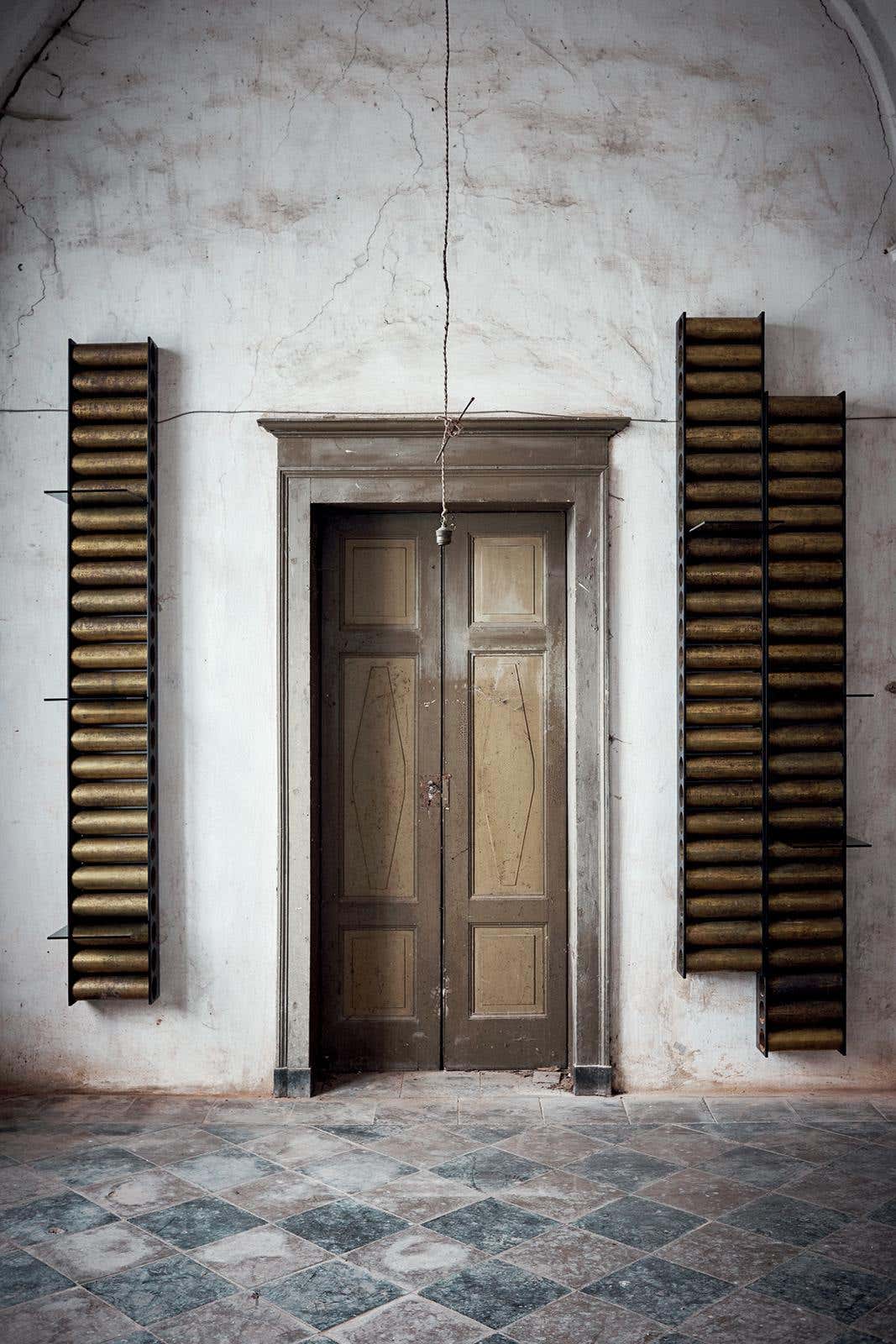You can create any location structure you want. You just can't AUTOMATICALLY have locations created based on a Rack, Row, Case structure - you have to make each rack and row manually
5 Matching Annotations
- Nov 2022
-
-
- Aug 2022
-
www.1stdibs.com www.1stdibs.com
- Jun 2022
-
-
It’s not the only answer, of course. Maurice Sendak has a room that’s theequivalent of my boxes, a working studio that contains a huge unit with flat pulloutdrawers in which he keeps sketches, reference materials, notes, articles. He works onseveral projects at a time, and he likes to keep the overlapping materials out of sightwhen he’s tackling any one of them. Other people rely on carefully arranged indexcards. The more technological among us put it all on a computer. There’s no singlecorrect system. Anything can work, so long as it lets you store and retrieve yourideas—and never lose them.
Regardless of what sort of physical instantiation one's notes may take, a workable storage option for them is necessary whether it is a simple box, a shelving system, a curiosity cabinet, a flat file, or even an entire room itself.
-
shelving in my work area at home, which holds my audio equipment, hundreds ofmusic CDs, and piles of musical scores, is not mere heavy-gauge industrial shelving;it’s scaffolding equipment, strong enough for painters to stand on when they’reworking on the exterior of a house. In other words, the shelves are built for hardwork. That’s a personal aesthetic choice. I want everything around me, from mydancers to my dances to my shelves, to be strong and built to last
I like cardboard file boxes for a bunch of reasons, all willfully idiosyncratic. The
Twyla Tharp's creative note taking system not only entails notes and ideas in boxes, but extends physically to a heavy-gauge industrial shelving which also holds her other tools for work including her "audio equipment, hundreds of music CDs, and piles of musical scores".
-
- Sep 2019
-
cascadeironco.com cascadeironco.com
-
metal L brackets
Tags
Annotators
URL
-
